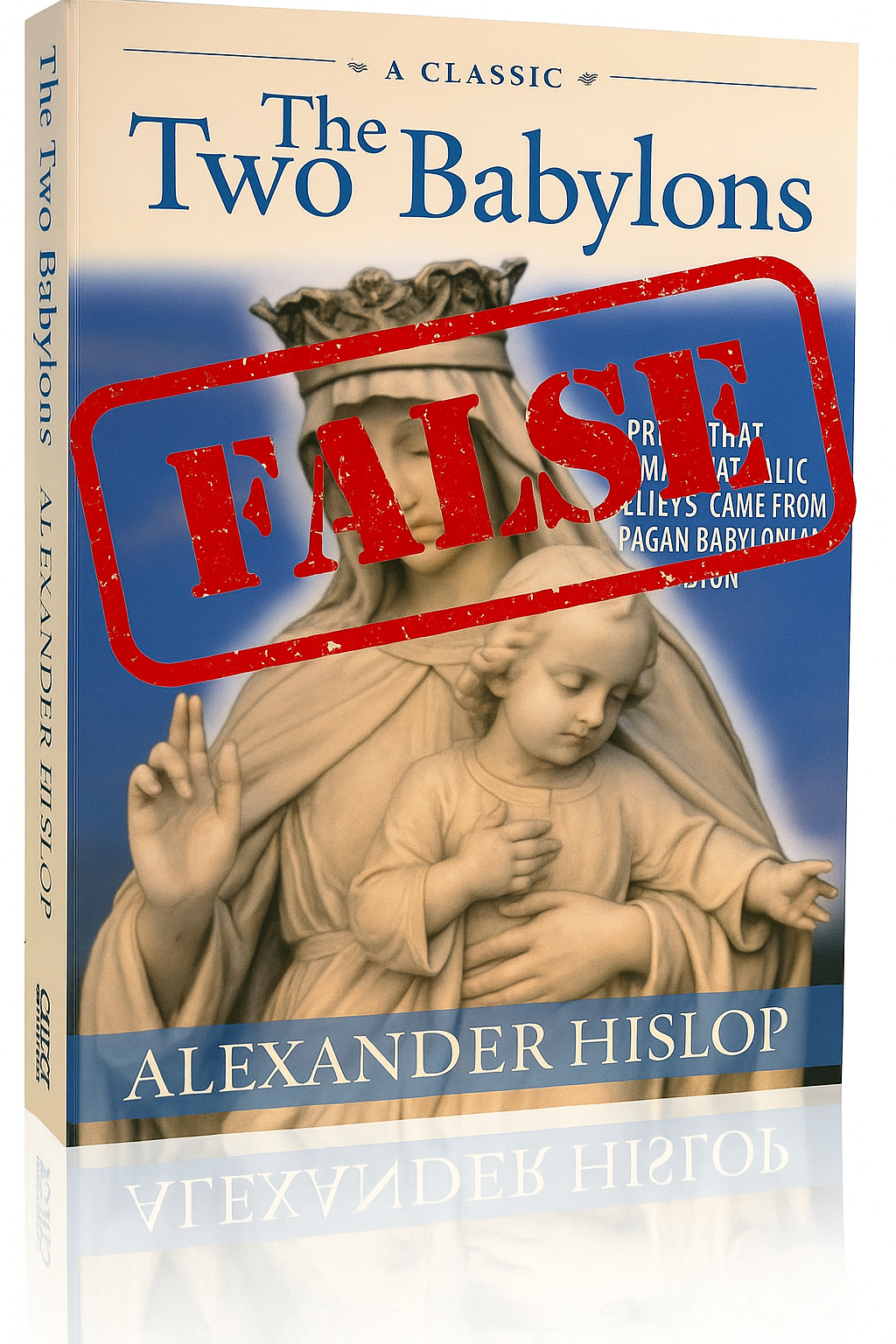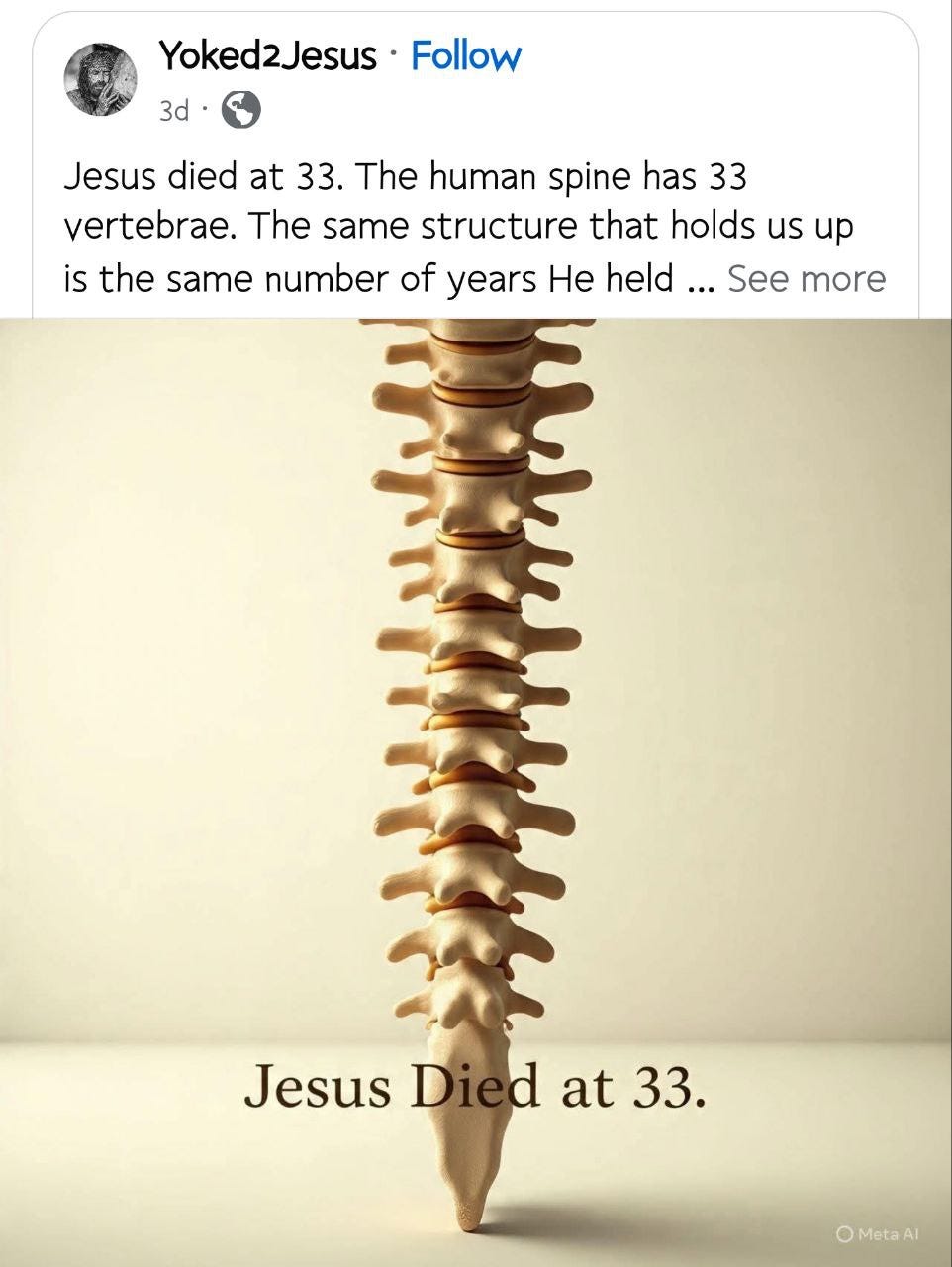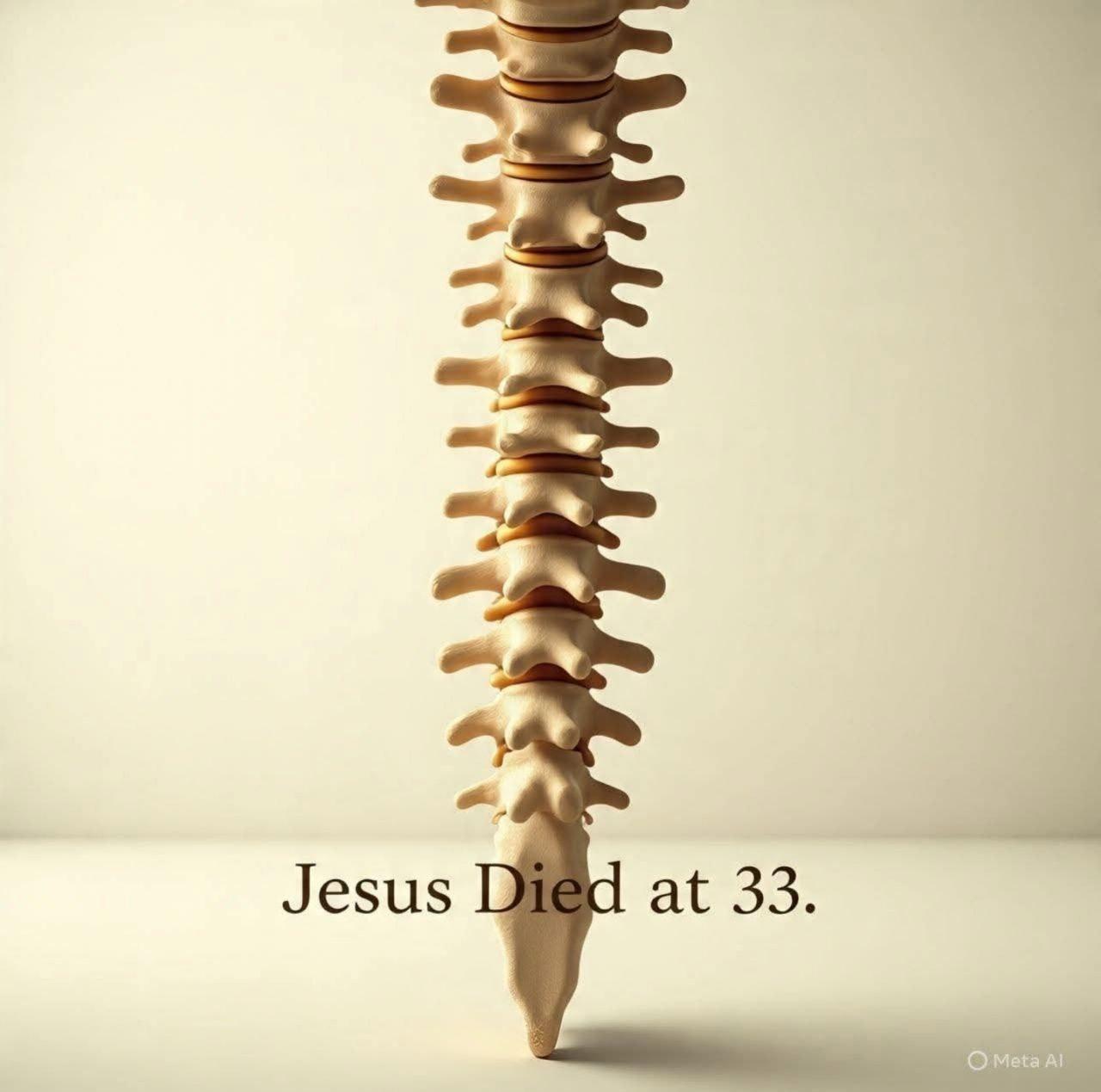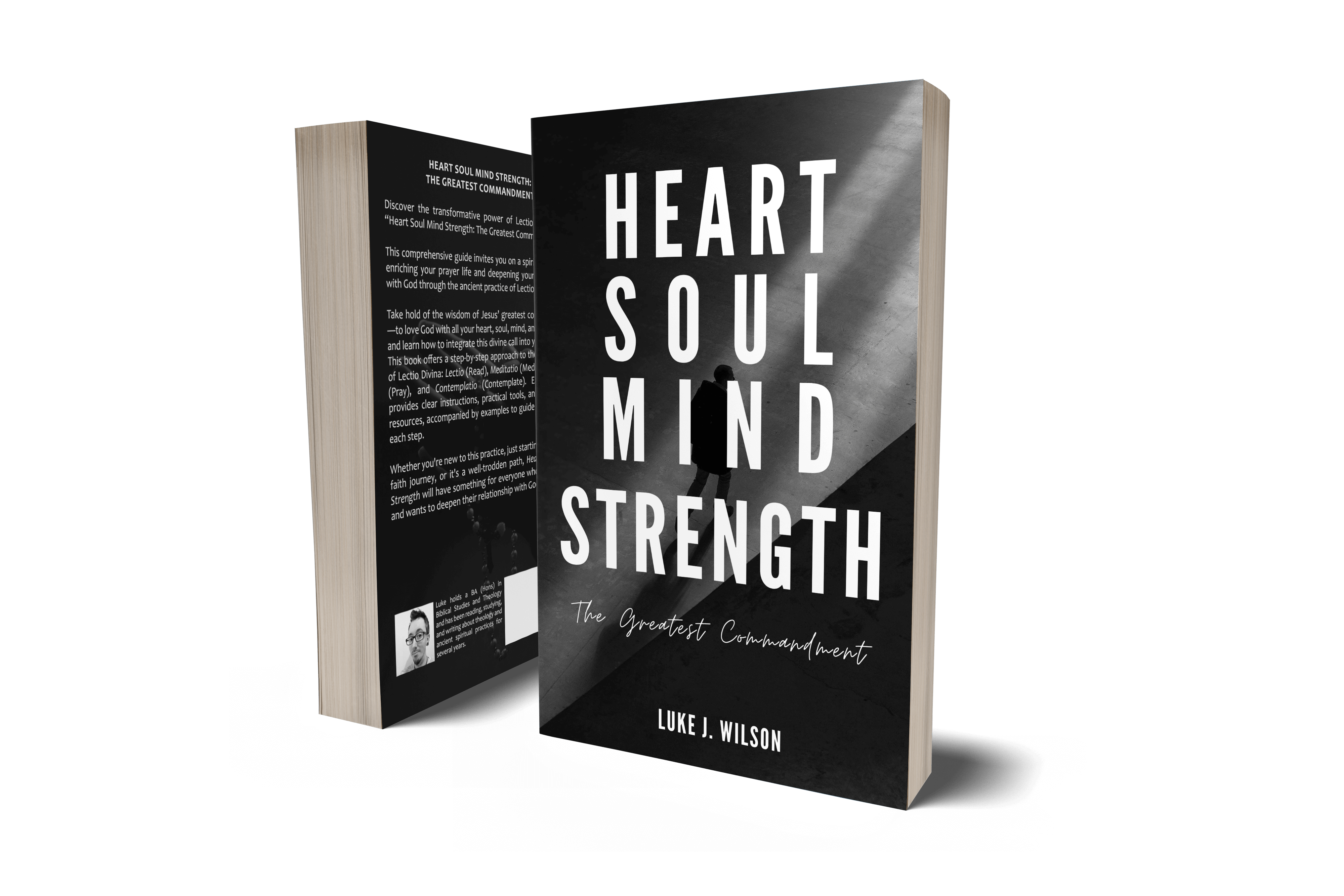Luke J. Wilson | 08th July 2025 | Islam

“We all worship the same God”.
Table of Contents
1) Where YHWH and Allah Appear Similar
2) Where Allah’s Character Contradicts YHWH’s Goodness
3) Where Their Revelations Directly Contradict Each Other
4) YHWH’s Love for the Nations vs. Allah’s Commands to Subjugate
5) Can God Be Seen? What the Bible and Qur’an Say
6) Salvation by Grace vs. Salvation by Works
Conclusion: Same God? Or Different Revelations?
You’ve heard it from politicians, celebrities, and even some pastors. It’s become something of a modern mantra, trying to shoehorn acceptance of other beliefs and blend all religions into one, especially the Abrahamic ones. But what if the Bible and Qur’an tell different stories? Let’s see what their own words reveal so you can judge for yourself.
This Tweet recently caused a stir on social media
1) Where YHWH and Allah Appear Similar
Many point out that Jews, Christians, and Muslims share a belief in one eternal Creator God. That’s true — up to a point. Both the Bible and Qur’an describe God as powerful, all-knowing, merciful, and more.
Here’s a list comparing some of the common shared attributes between YHWH and Allah, with direct citations from both Scriptures:
26 Shared Attributes of YHWH and Allah
According to the Bible (NRSV) and the Qur’an
Eternal
YHWH: “From everlasting to everlasting you are God.” — Psalm 90:2
Allah: “He is the First and the Last…” — Surah 57:3
Creator
YHWH: “In the beginning God created the heavens and the earth.” — Genesis 1:1
Allah: “The Originator of the heavens and the earth…” — Surah 2:117
Omnipotent (All-Powerful)
YHWH: “Nothing is too hard for you.” — Jeremiah 32:17
Allah: “Allah is over all things competent.” — Surah 2:20
Omniscient (All-Knowing)
YHWH: “Even before a word is on my tongue, O LORD, you know it.” — Psalm 139:4
Allah: “He knows what is on the land and in the sea…” — Surah 6:59
Omnipresent (Present Everywhere)
YHWH: “Where can I go from your Spirit?” — Psalm 139:7–10
Allah: “He is with you wherever you are.” — Surah 57:4
Holy
YHWH: “Holy, holy, holy is the LORD of hosts.” — Isaiah 6:3
Allah: “The Holy One (Al-Quddus).” — Surah 59:23
Just
YHWH: “A God of faithfulness and without injustice.” — Deuteronomy 32:4
Allah: “Is not Allah the most just of judges?” — Surah 95:8
Merciful
YHWH: “The LORD, merciful and gracious…” — Exodus 34:6
Allah: “The Most Gracious, the Most Merciful.” — Surah 1:1
Compassionate
YHWH: “As a father has compassion on his children…” — Psalm 103:13
Allah: “He is the Forgiving, the Affectionate.” — Surah 85:14
Faithful
YHWH: “Great is your faithfulness.” — Lamentations 3:22–23
Allah: “Indeed, the promise of Allah is truth.” — Surah 30:60
Unchanging
YHWH: “For I the LORD do not change.” — Malachi 3:6
Allah: “None can change His words.” — Surah 6:115
Sovereign
YHWH: “The LORD has established his throne in the heavens…” — Psalm 103:19
Allah: “Blessed is He in whose hand is dominion…” — Surah 67:1
Loving
YHWH: “God is love.” — 1 John 4:8
Allah: “Indeed, my Lord is Merciful and Affectionate (Al-Wadud).” — Surah 11:90
Forgiving
YHWH: “I will not remember your sins.” — Isaiah 43:25
Allah: “Allah forgives all sins…” — Surah 39:53
Wrathful toward evil
YHWH: “The LORD is a jealous and avenging God…” — Nahum 1:2
Allah: “For them is a severe punishment.” — Surah 3:4
One/Unique
YHWH: “The LORD is one.” — Deuteronomy 6:4
Allah: “Say: He is Allah, One.” — Surah 112:1
Jealous of worship
YHWH: “I the LORD your God am a jealous God.” �...
Luke J. Wilson | 05th June 2025 | Blogging

As we commemorated the 500th anniversary of the Protestant Reformation this year, the familiar image of Martin Luther striding up to the church door in Wittenberg — hammer in hand and fire in his eyes — has once again taken centre stage. It’s a compelling picture, etched into the imagination of many. But as is often the case with historical legends, closer scrutiny tells a far more nuanced and thought-provoking story.
The Myth of the Door: Was the Hammer Ever Raised?
Cambridge Reformation scholar Richard Rex is one among several historians who have challenged the romanticised narrative. “Strangely,” he observes, “there’s almost no solid evidence that Luther actually went and nailed them to the church door that day, and ample reasons to doubt that he did.” Indeed, the first image of Luther hammering up his 95 Theses doesn’t appear until 1697 — over 180 years after the fact.
Eric Metaxas, in his recent biography of Luther, echoes Rex’s scepticism. The earliest confirmed action we can confidently attribute to Luther on 31 October 1517 is not an act of public defiance, but the posting of two private letters to bishops. The famous hammer-blow may never have sounded at all.
Conflicting Accounts
Philip Melanchthon, Luther’s successor and first biographer, adds another layer of complexity. He claimed Luther “publicly affixed” the Theses to the door of All Saints’ Church, but Melanchthon wasn’t even in Wittenberg at the time. Moreover, Luther himself never mentioned posting the Theses publicly, even when recalling the events years later. Instead, he consistently spoke of writing to the bishops, hoping the matter could be addressed internally.
At the time, it was common practice for a university disputation to be announced by posting theses on church doors using printed placards. But no Wittenberg-printed copies of the 95 Theses survive. And while university statutes did require notices to be posted on all church doors in the city, Melanchthon refers only to the Castle Church.
It’s plausible Luther may have posted the Theses later, perhaps in mid-November — but even that remains uncertain. What we do know is that the Theses were quickly circulated among Wittenberg’s academic elite and, from there, spread throughout the Holy Roman Empire at a remarkable pace.
The Real Spark: Ink, Not Iron
If there was a true catalyst for the Reformation, it wasn’t a hammer but a printing press. Luther’s Latin theses were swiftly reproduced as pamphlets in Basel, Leipzig, and Nuremberg. Hundreds of copies were printed before the year’s end, and a German translation soon followed, though it may never have been formally published.
Within two weeks, Luther’s arguments were being discussed across Germany. The machinery of mass communication — still in its relative infancy — played a pivotal role in what became a theological, political, and social upheaval.
The Letters of a Conscientious Pastor
Far from the bold revolutionary of popular imagination, Luther appears in 1517 as a pastor deeply troubled by the abuse of indulgences, writing with respectful concern to those in authority. In his letter to Archbishop Albrecht of Mainz, he humbly addresses the archbishop as “Most Illustrious Prince,” and refers to himself as “the dregs of humanity.”
“I, the dregs of humanity, have so much boldness that I have dared to think of a letter to the height of your Sublimity,” he writes — hardly the voice of a man trying to pick a fight.
From Whisper to Roar
Luther’s initial appeal through formal channels was, predictably, ignored. He was advised not to make trouble. But as opposition mounted and corruption remained unchecked, the once quiet reformer grew louder. His theological convictions deepened, and his public persona evolved. The lion did eventually roar — but not on October 31.
A Catholic Reformer, Not a Protestant Founder
It’s vital to remem...
Luke J. Wilson | 20th May 2025 | Islam

You are not alone. Around the world, many Muslims — people who already believe in one God, pray, and seek to live righteously — are drawn to know more about Jesus (ʿĪsā in Arabic). Some have heard He is more than a prophet. Some have sensed His presence in a dream or vision. And some simply long to know God more deeply, personally, and truly.
So what does it mean to become a Christian? And how can you take that step?
This guide is for you.
1. What Christians Believe About God and Jesus
➤ One God, Eternal and Good
Christians believe in one God — the same Creator known to Abraham, Moses, and the prophets. But we also believe God is more personal and relational than many realise. In His love, He has revealed Himself as Father, Son (Jesus), and Holy Spirit — not three gods, but one God in three persons.
➤ Jesus Is More Than a Prophet
Muslims honour Jesus as a great prophet, born of the virgin Mary. Christians also affirm this — but go further. The Bible teaches that Jesus is the Word of God (Kalimat Allāh), who became flesh to live among us. He performed miracles, healed the sick, raised the dead — and lived without sin.Jesus came not just to teach but to save — to bring us back to God by bearing our sins and rising again in victory over death.
2. Why Do We Need Saving?
➤ The Problem: Sin
All people — no matter their religion — struggle with sin. We lie, get angry, feel jealous, act selfishly, or fail to love God fully. The Bible says:
“All have sinned and fall short of the glory of God.” (Romans 3:23)
Sin separates us from God. And no matter how many good deeds we do, we can never make ourselves perfect or holy before Him.
➤ The Solution: Jesus
Because God loves us, He did not leave us in our sin. He sent Jesus, His eternal Word, to live as one of us. Jesus died willingly, offering His life as a sacrifice for our sins, then rose again on the third day.
“But God proves his love for us in that while we still were sinners Christ died for us.” (Romans 5:8)
3. How Do I Become a Christian?
Becoming a Christian is not about joining a Western religion. It’s about entering a relationship with God through faith in Jesus Christ.
Here is what the Bible says:
✝️ 1. Believe in Jesus
Believe that Jesus is the Son of God, that He died for your sins, and that He rose again.
“If you confess with your lips that Jesus is Lord and believe in your heart that God raised him from the dead, you will be saved.” (Romans 10:9)
💔 2. Repent of Your Sins
Turn away from sin and ask God to forgive you. This is called repentance. It means being truly sorry and choosing a new way.
“Repent therefore, and turn to God so that your sins may be wiped out.” (Acts 3:19)
💧 3. Be Baptised
Jesus commands His followers to be baptised in water as a sign of their new life. Baptism represents washing away your old life and rising into a new one with Jesus.
“Repent and be baptised every one of you in the name of Jesus Christ so that your sins may be forgiven.” (Acts 2:38)
🕊️ 4. Receive the Holy Spirit
When you believe in Jesus, God gives you the Holy Spirit to live within you, guiding you, comforting you, and helping you follow His will.
“You received the Spirit of adoption, by whom we cry, ‘Abba! Father!’” (Romans 8:15)
🧎 5. Begin a New Life
As a Christian, you are born again — spiritually renewed. You begin to grow in faith, love, and holiness. You read the Bible, pray, fast, and gather with other believers. Your life is no longer your own; you now live for God.
4. What Does a Christian Life Look Like?
Jesus said:
“If anyone wants to become my followers, let them deny themselves and take up their cross and follow me.” (Matthew 16:24)
This means:
Loving God with all your heart
Loving your neighbour — even your enemies
Forgiving others
...
Luke J. Wilson | 21st April 2025 | Easter

Over the years, I’ve encountered many Christians who’ve quoted from Alexander Hislop’s The Two Babylons as if it were a solid historical resource. The book claims that the Roman Catholic Church is not truly Christian but rather a continuation of ancient Babylonian religion. It’s self-assured and sweeping, and for many people, it seems to explain everything, from Marian devotion to Lent and Easter, to Christmas, as rooted in paganism. But is it accurate?
In short: no, it really isn’t.
Hislop’s work is a classic example of 19th-century pseudohistory — a polemical piece, written to prove a point, not to explore any historical truth.
Flawed Methods and Wild Claims
Hislop argues that most Catholic practices — from the Mass and clerical robes to festivals like Christmas and Easter — were somehow borrowed from Babylonian religion. The problem being that Hislop doesn’t rely on primary sources or credible historical data. Instead, he draws connections based on word similarities (like Easter and Ishtar) or visual resemblances (like Mary and child compared with mother-goddess statues from ancient cultures). But phonetic resemblance isn’t evidence, and neither is visual similarity.
For example, if I say “sun” and “son” in English, they may sound alike, but they aren’t the same thing. That’s the level of reasoning at work in much of The Two Babylons. Hislop often lumps together completely different ancient figures — Isis, Semiramis, Ishtar, Aphrodite — as if they were all just variations of the same deity. He then tries to say Mary is just the Christian version of this pagan goddess figure. But there’s no credible evidence for that at all. Mary is understood through the lens of Scripture and Christian theology, not through pagan myth. The earliest depictions of Mary and the Christ-child date back to the second century and do not resemble any of the pagan idols. But, again, the common accusations are based on superficial similarities of a woman nursing a child. That’s going to look the same no matter who or what does that!
Oldest depiction of Mary. Dura-Europos Church, Syria, 2nd century
What About Lent and Tammuz?
One of Hislop’s more popular claims is that Lent comes from a Babylonian mourning ritual for the god Tammuz, mentioned in Ezekiel 8:14. He argues that early Christians borrowed the 40-day mourning period and just rebranded it.
But this doesn’t line up with the evidence. Lent developed as a time of fasting and repentance leading up to Easter — especially for new believers preparing for baptism. The number forty comes from Scripture: Jesus’ forty days in the wilderness, Moses’ fast on Sinai, and Elijah’s journey to Horeb. Church Fathers like Irenaeus and Athanasius saw it as a time for self-denial and spiritual renewal — not mourning a pagan god.
Yes, there are pagan festivals that involve seasonal death and rebirth stories. But similarity does not mean origin. If that logic held, then even Jesus’ resurrection would be suspect because pagan cultures also told resurrection-like stories. Yet the gospel stands apart — not because of myth but because of history and revelation.
Why Hislop’s Work Persists
Even though The Two Babylons is poor scholarship, it’s unfortunately had a long shelf life. That’s partly because it appeals to a certain kind of suspicion. If you’re already sceptical about the Catholic Church, Hislop offers an easy explanation: “It’s all pagan!”. But history isn’t ever that simple. And theology — especially the theology handed down through the ages by the faithful— isn’t built on conspiracy and apparent obscure connections, but on Christ and the truth of the Scriptures.
Interestingly, even Ralph Woodrow, a minister who once wrote a book defending Hislop’s ideas, later retracted his views after digging deeper into the evidence. He eventually wrote a book called The Babylon Connect...









